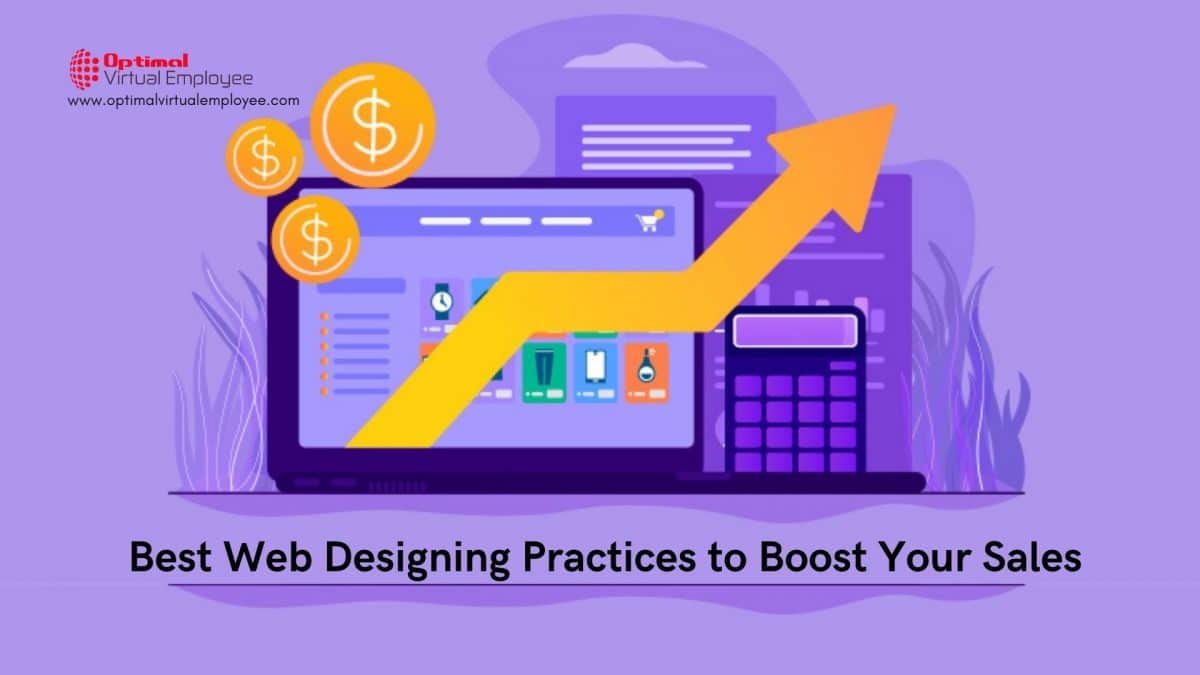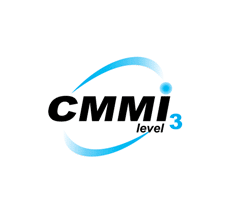It’s challenging to navigate the maze of innumerable web design tips offered all over the internet. Mostly they are subjective and depend on a writer’s personal experience during design sprints. What one likes, others may thoroughly dislike. While web design is a fundamental factor that determines the success of a website and the way a target customer perceives a business, it can impact the overall conversion, bounce, and churn rates. Beyond the subjectiveness of design lies objective data on successful web design practices.
Besides the inherent intuitiveness, count in the data on best web design practices that can boost your sales. Hire a web designer to implement these research-backed strategies on your website design. Here are some science-backed tips:
-
Speed Up Site Loading Time
If you have been in the web design field, the importance of website loading speed should be evident to you by now. Research shows how speed impacts bounce rates, overall conversions, and the resultant ROIs. In addition, site visitors do not like to stick around waiting for slow pages to load. That is why search engines like Google factor in page loading speed, an essential determinant during SERPs rankings.
-
Optimize Above the Fold
While the launch of multiple screen sizes made everyone question the existence of the fold, a 2018 research cleared the air stating how 57% of website experiences focus only on areas above the fold with declining stats for regions below it. Additionally, 74% of the time, visitors dedicate their session to the first two screens. Therefore, the fold matters, and web designers need to prioritize the content they place above the fold to attract and convert users.
It’s best to be precise with the copy so that any new visitor understands what it is about in the shortest possible span. Make it a point to highlight the value proposition of your product or service with brief but power-laden words. CTAs can help with conversion rates. Even images, videos, and other graphics help bring out the point and boost sales.
-
Leverage the Hick’ Law
As per Hick’s law, the more the number of choices for an individual, the longer the decision-making process. However, it may appear contradictory in web design because limiting a user’s preferences seems against the nature of the business. To boost your website conversion rates, it’s best to reduce the total number of menu items, form fields. Instead, build focus on just one CTA. The page design should resonate with a single goal. In fact, only use the social network buttons that you are active on. It saves first-time visitors from getting overwhelmed and redirects their attention to what is essential.
-
Simplify the Design
Less is more, and it is an adage universally applicable. Google, in its recent study, found how users stay averse to visual complexity. There is a beauty in simplicity, and so it is the common consensus around web design too. Consequently, modern web designers are ditching the sidebar and instead of going for a single-column design. Not only is it less distracting but also more content-focused. Familiarity in design patterns gives users authority and confidence to navigate. Popular design tropes and layouts are winners in terms of their adaptability for users.
-
Picky With Design Forms
Between carousels, sliders, tabs, and accordions, users like none. While clients and website owners swoon over such features, research data shows how most users loathe these. In fact, only the first slide gets 90% of clicks for carousels, but the rest of them get negligible. Even tabs and accordions are ignored by and large. Most visitors scan through the page and do not like to use additional clicks in the process. So, it’s best to prioritize scrolling over clicking. Get your content on a long page instead of compressing it into a different form.
-
Visual Cues
Web design aims to handhold a user through the website and boosts the sales of the business. However, the amount of emphasis on different elements can direct a user in another way. Direct visual cues like arrows and pointers can add to the experience. Research shows how humans look in the direction as the people in the ads do. You can direct a user’s attention to useful information with such tactics. You can also take a visitor’s attention via visual effects.
-
Say ‘No’ to Stock Photos
Since humans are social images with other humans, they can direct a visitor’s attention. As a result, there can be a record increase in the number of conversions when you move to a photo-based landing page from a text-based landing page. But it’s best to stay opposed to stock photos as visitors can recognize these generic images and lose trust instead. If you decide to use pictures, get custom images clicked but skip stock pictures.
-
Care About Listicles
Incorporating both ordered and unordered lists makes information more retainable for visitors. But the human mind is often fleeting, so it’s best to use the serial-position effect while making lists. Since more people only remember the things on the top and end of the list, add the essential attributes of your product at the beginning and the end of the list.
In the End
Web design is complex. But it is a prime determinant of the success of a website. These research-backed tips will help you nail the web design project in a confident shot manner. Take this useful advice on techniques to make your website more effective, improve conversions and boost sales.
Read More:









